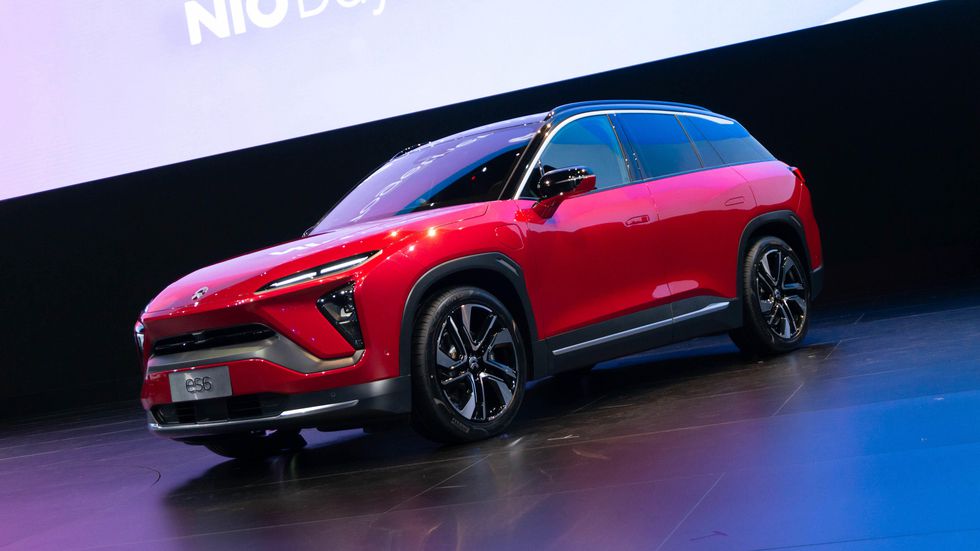Read The Full Article On: Finance
The demand for electric vehicles (or EVs) is expected to grow in the long-term even as COVID-19 has currently disrupted the electric vehicle market and the whole automotive industry as well. Several countries are encouraging individuals to transition to electric vehicles to bring down toxic emissions and ensure sustainability.
Cairn Energy Research Advisors estimate that global sales of electric cars will grow 36% in 2021 and will cross 3 million for the first time. Sam Jaffe, the research firm’s managing director, sees demand in China and Europe to be a major growth factor.
Using the TipRanks’ Stock Comparison tool, we will place Tesla—the market leader in the EV space, and China-based NIO alongside each other to see which stock offers the most compelling investment opportunity.This image has an empty alt attribute; its file name is Tesla-vs-Nio.pngMore
Tesla (TSLA)
Tesla garners a lot of attention from investors, analysts, and media owing to its rapid growth in the electric vehicle market and of course due to its controversial co-founder and CEO Elon Musk. Tesla stock has rallied about 339% year-to-date (as of August 17).
Better-than-anticipated operational performance, a possible addition to the S&P 500, the prospects of development of the next-generation electric car batteries and favorable comments from bullish analysts are some reasons that drove the spectacular rise in the stock.
Tesla’s second-quarter revenue declined 5% Y/Y to $6.04 billion but was way higher than analysts’ expectation of $5.37 billion. The company delivered adjusted EPS of $2.18 and GAAP EPS of $0.50, marking the fourth straight quarter of profitability. Skeptics questioned the company’s profitability and pointed out that it was possible because of the inclusion of higher-than-expected regulatory credits of $428 million.
Regulatory credits or Zero-Emission Vehicles credits are given by state regulators to incentivize the production of electric vehicles. Tesla sells excess credits to other automakers so that they can comply with regulations. Tesla bears feel that the company is depending on such credits to deliver profits. As per Tesla, regulatory credit revenue might double this year compared to 2019 but will reduce over time.
Meanwhile, Tesla’s second-quarter deliveries of 90,891 were down 4.7% Y/Y amid the pandemic but increased 2.7% compared to the first quarter. Despite the temporary shutdown of the Fremont factory due to COVID-19, the company reaffirmed its target to deliver 500,000 vehicles in 2020.
Meanwhile, Tesla’s Shanghai Gigafactory, launched in 2019, produces the company’s Model 3 vehicles for the customers in China. The company is building further production capacity through its factory in Berlin and the recently announced plant in Austin, Texas.
On August 17 Wedbush analyst Daniel Ives raised his price target for Tesla to $1,900 from $1,800 based on strong demand in China. He stated, “Looking ahead, we believe Musk & Co. are slated to announce a number of new potential ‘game-changing’ battery developments at its highly anticipated Battery Day on Sept. 22.”
The five-star analyst retained his Hold rating and is positive about the company’s price cuts driving further demand. (See TSLA stock analysis on TipRanks)
Four Buys, 15 Holds and 9 Sell ratings for Tesla stock add up to a Hold consensus. After a stellar year-to-date rise, the average price target of $1,295 implies a possible downside of 29.45% in the stock over the next 12 months.

